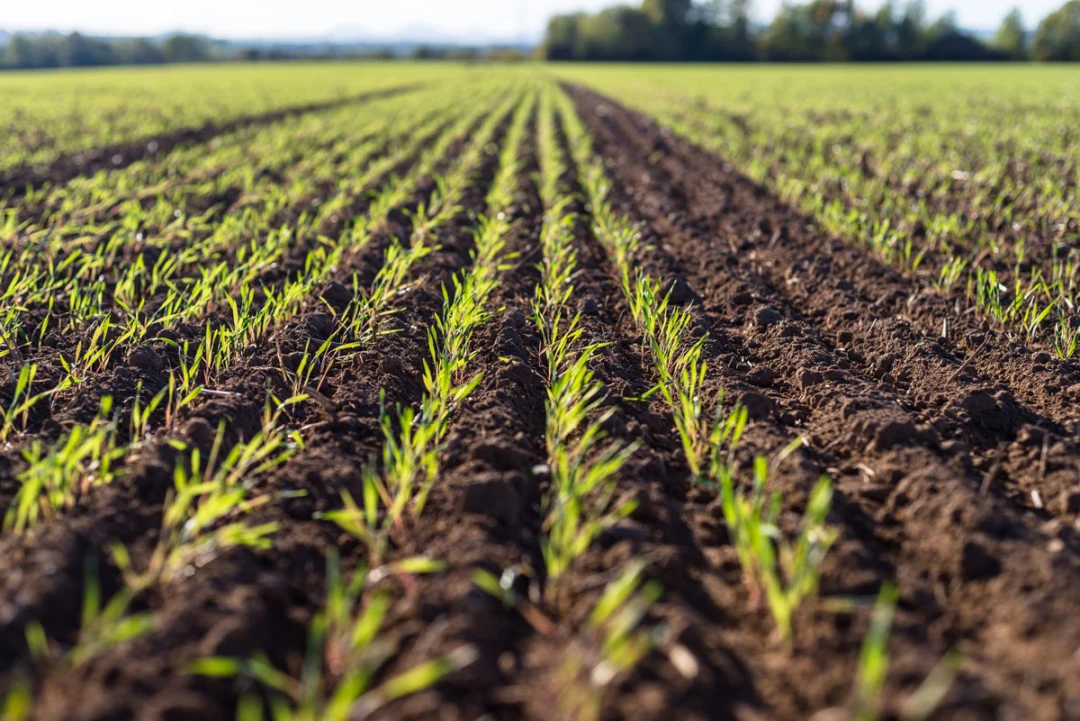
Ensuring agricultural success. Advocating farmers' needs.
Tools, insights and farming innovations - the future of agriculture starts here.
Making our website work for you
We would like to use optional cookies to better understand your use of this website in order to improve our website. Your consent also covers the transfer of your Personal Data in unsafe third countries, especially the U.S., involving the risk that public authorities may access your Personal Data for surveillance and other purposes without effective remedies. Detailed information about the use of strictly necessary cookies, which are essential to browse this website, and optional cookies, which you can reject or accept below, and how you can manage or withdraw your consent at any time can be found in our Privacy Statement

Tools, insights and farming innovations - the future of agriculture starts here.
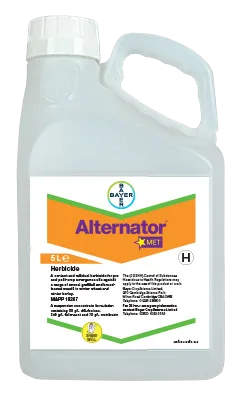
Alternator Met is valuable tool for grass weed control in winter barley and winter wheat. Suitable for use at pre-emergence and as a residual top up, it is composed of metribuzin, flufenacet and diflufenican.
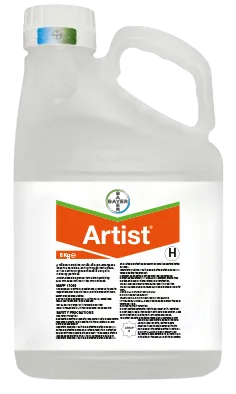
Artist is a powerful residual herbicide designed to give you effective pre-emergence control over a wide range of grass and broad-leaved weeds in early and main crop varieties of potatoes.
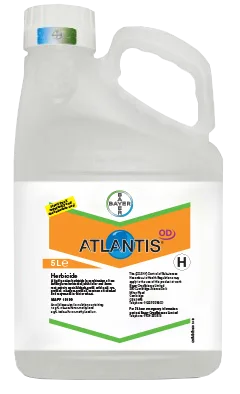
Atlantis OD provides post-emergence control of a wide range of grass weeds and broad-leaved weeds in winter wheat crops including black-grass, wild oats rye-grass, chickweed and mayweed.
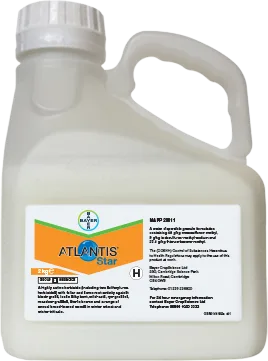
A highly-effective herbicide for control of grass-weeds and broad-leaf weeds in winter wheat. Atlantis Star is a coformulation of three ALS-Inhibitors (HRAC Group 2) with foliar and some root activity

Bacara Duo is a contact and residual herbicide for pre and post-crop emergence use against a range of annual grasses and broad-leaved weeds in wheat and barley
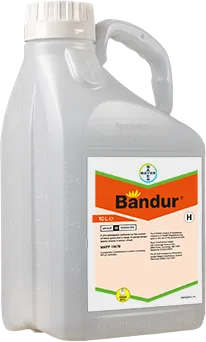
A pre-emergence herbicide for the control of black-grass and a range of annual broad-leaved weeds in winter wheat.

Betanal Tandem is a broad-spectrum post-emergence herbicide providing mainly contact and some residual control of some later germinating weeds in sugar beet, fodder beet and mangels.

Chekker is our unique formulation that provides excellent control of cleavers and a wide range of broad-leaved weeds in cereals including winter wheat, winter barley, spring wheat, spring barley, rye and triticale.
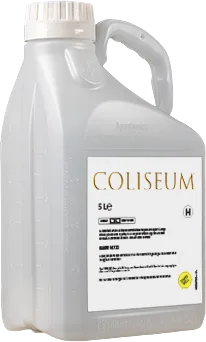
A contact and residual herbicide for pre and post-crop emergence use against a range of annual grasses and broad-leaved weeds in winter and spring wheat, and winter barley.
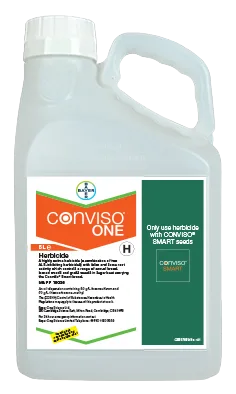
Conviso One is the dedicated herbicide for weed control in Conviso Smart sugar beet varieties. Containing two highly effective acetolactate synthase (ALS) inhibiting herbicides.
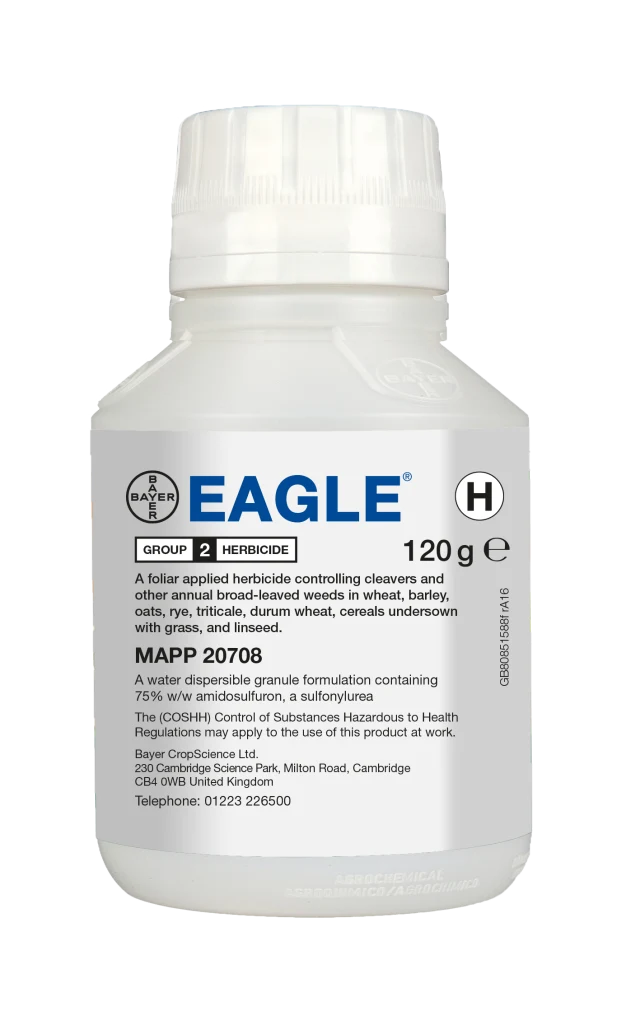
A foliar applied herbicide controlling cleavers and other annual broad-leaved weeds in wheat, barley, oats, rye, triticale, durum wheat, cereals undersown with grass, and linseed.
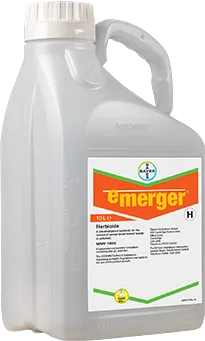
A pre-emergence herbicide for the control of annual broad-leaved weeds in potatoes, with EAMUs enabling pre- and post-emergence use in numerous vegetable crops.
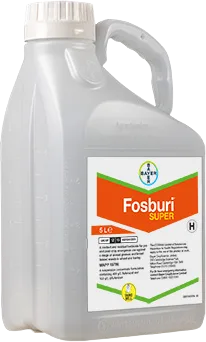
A contact and residual herbicide for pre and post-crop emergence use against a range of annual grasses and broad leaved weeds in wheat and barley.
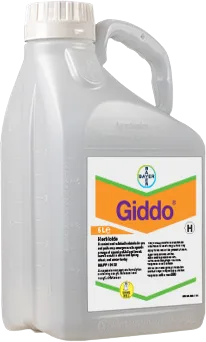
A contact and residual herbicide for pre and post-crop emergence use against a range of annual grasses and broad-leaved weeds in winter and spring wheat, and winter barley.

Hamlet is a post-emergence herbicide for controlling black-grass and other grass weeds in winter wheat crops during autumn / winter.

Hatra is a post-emergence herbicide to control a wide range of grass weeds including black-grass and rye-grass and a range of broadleaf weeds in winter wheat crops.

A highly active herbicide (a combination of two sulfonylurea herbicides) with foliar and some root activity against black-grass, wild oats, rye-grasses, meadow-grasses and common chickweed.

A highly active herbicide (including a sulfonylurea herbicide) with foliar and some root activity against black-grass, loose silky bent, wild-oats, rye-grasses, meadow-grasses, sterile brome and a range of annual broad-leaved weeds.
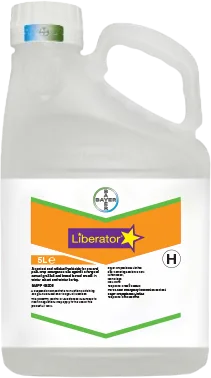
Liberator is the first step to effective grass-weed and broad-leaved weed control in winter wheat, winter barley, spring wheat and spring barley.
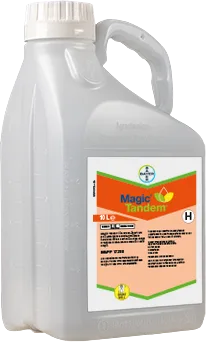
Magic Tandem is a broad-spectrum post-emergence herbicide providing mainly contact and some residual control of some later germinating weeds in sugar beet, fodder beet and mangels.
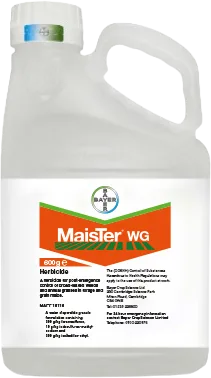
MaisTer WG provides the highest control and widest spectrum of grass weed control in maize particularly on difficult grasses such as black-grass, barnyard grass, couch and annual meadow grass.

Monolith is a new post-emergence herbicide formulated to tackle black-grass. For use in winter crops during spring, it provides 10% more control than Atlantis against black-grass.
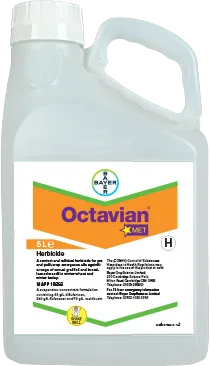
Octavian Met is a new option for weed control in winter barley and winter wheat.

Othello provides post-emergence control of meadow-grass and range of broad-leaved weeds in winter wheat crops. It contains mesosulfuron, iodosulfuron and diflufenican.
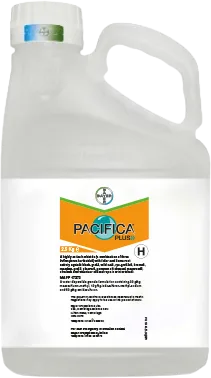
A highly active herbicide (a combination of three sulfonylurea herbicides) with foliar and some root activity.
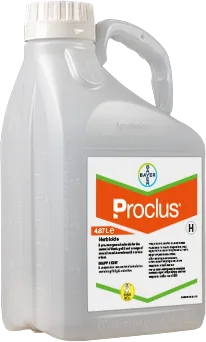
Proclus is an exciting step forward for pre-emergence control of black-grass in winter wheat and winter barley.

A highly active herbicide (including two sulfonylurea herbicides) with foliar and some root activity.
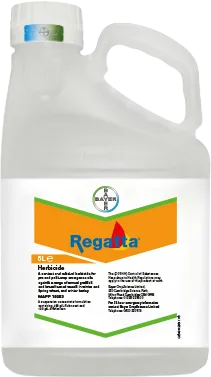
A contact and residual herbicide for pre and post-crop emergence use against a range of annual grasses and broad leaved weeds in winter and spring wheat, and winter barley.

Roundup Biactive GL is a soluble concentrate containing 360g/l glyphosate present as 441g/l (35% w/w) of the potassium salt of glyphosate.

Roundup Energy is a unique formulation of glyphosate containing 25% more active ingredient than standard 360g products. This provides benefits to growers with reduced storage and packaging waste.

Roundup Flex is a high load liquid with a new unique blend of surfactants with the K salt formulated to create a fully loaded Roundup.

A foliar applied translocated herbicide for the control of annual and perennial grass and broad-leaved weeds before sowing or planting of all crops.

Roundup PowerMax is a new high load, dry free-flowing, granular glyphosate. The free-flowing, dust-free granules dissolve rapidly and completely in water with minimal foaming.

Roundup Sonic is an innovative, high-load glyphosate formulation. Based on patented ‘TranSorb’ technology.

A foliar applied translocated herbicide for the control of annual and perennial grass and broad-leaved weeds before sowing or planting of all crops.

Roundup Vista Plus is an innovative, high-load glyphosate formulation. Based on patented ‘TranSorb’ technology.

A foliar applied herbicide for post emergence control of broad-leaved weeds in wheat, barley, rye and triticale.
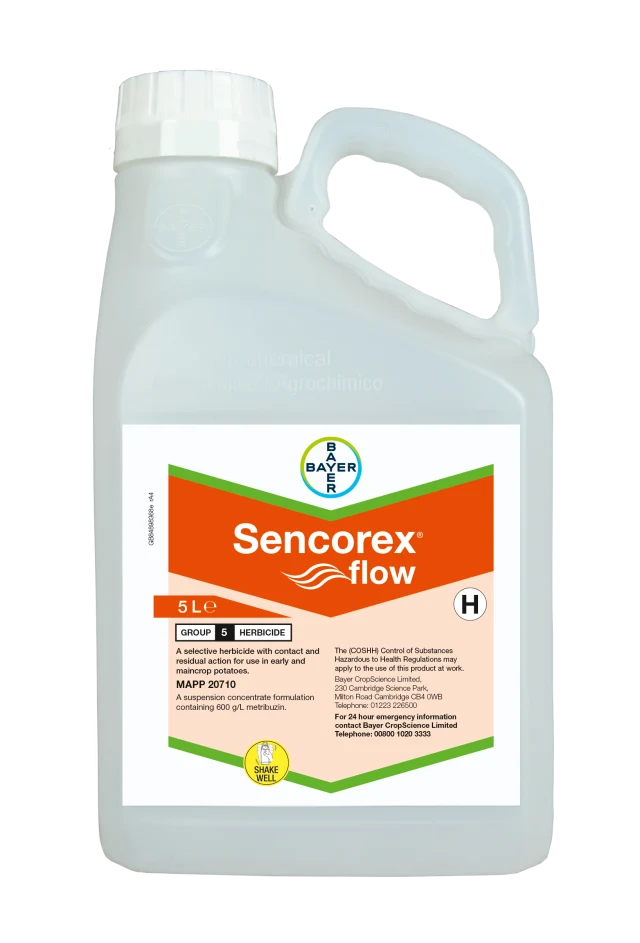
A selective herbicide with contact and residual action for use in early and maincrop potatoes.
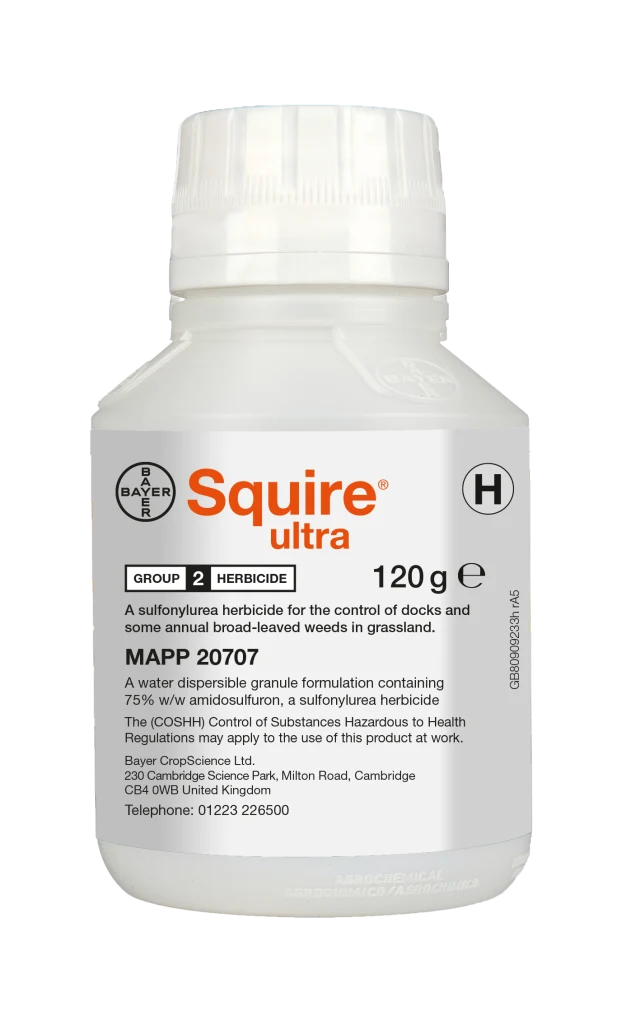
A sulfonylurea herbicide for the control of docks and some annual broad-leaved weeds in grassland.

Ascra is a unique formulation of two SDHI fungicides – bixafen and fluopyram – and the broad-spectrum azole fungicide prothioconazole.
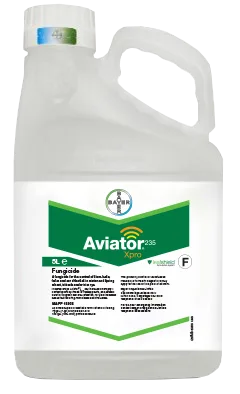
Aviator 235Xpro is a one-pack fungicide product containing the SDHI bixafen and class-leading azole prothioconazole.
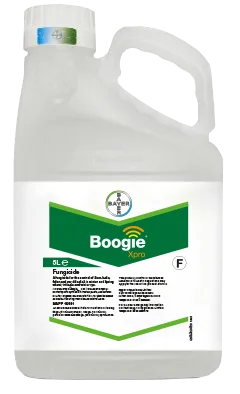
A fungicide for the control of stem-base, foliar and ear diseases in winter and spring wheat, triticale and winter rye.
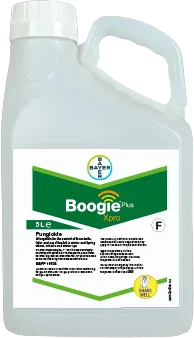
A fungicide for the control of stem-base,foliar and ear diseases in winter and spring wheat, triticale and winter rye.
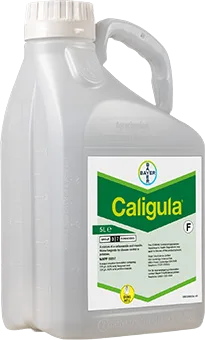
Caligula is a systemic fungicide for use in potato and sugar beet crops.

A fungicide for the control of stem-base, foliar and ear diseases in winter wheat (also reduction of the mycotoxin deoxynivalenol), winter rye, winter and spring barley and oats.
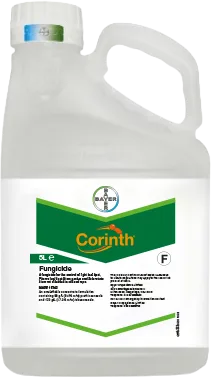
A fungicide for the control of light leaf spot, Phoma leaf spot/stem canker and Sclerotinia stem rot diseases in oilseed rape.
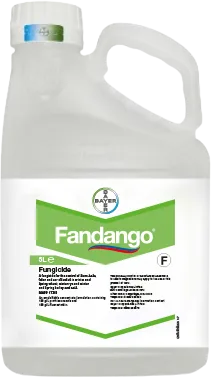
Fandango is a great tried and tested broad spectrum barley fungicide which helps you to produce high yielding, healthy barley crops in a simple, cost effective way.
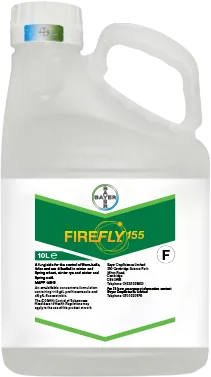
A fungicide for the control of stem-base, foliar and ear diseases in winter and spring wheat, winter rye and winter and spring oats
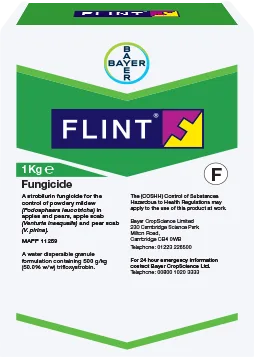
A strobilurin fungicide for the control of powdery mildew (Podosphaera leucotricha) in apples and pears, apple scab (Venturia inaequalis) and pear scab (V. pirina).

A broad spectrum systemic fungicide for wheat (excluding durum), barley, oats, rye (winter) and oilseed rape, field beans and linseed.
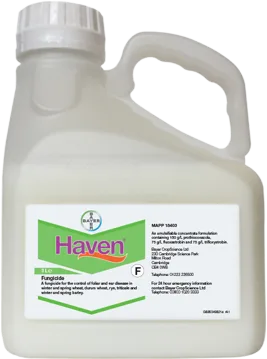
A fungicide for the control of foliar and ear disease in winter and spring wheat, durum wheat, rye, triticale and winter and spring barley.

A fungicide for the control of stem-base, foliar and ear diseases in winter wheat, winter rye and winter and spring barley and oats.
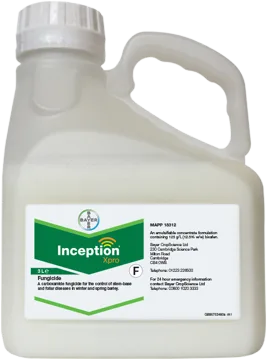
A carboxamide fungicide for the control of stem-base and foliar diseases in winter and spring barley.

A carboxamide fungicide for the control of stem-base and foliar diseases in winter and spring barley.
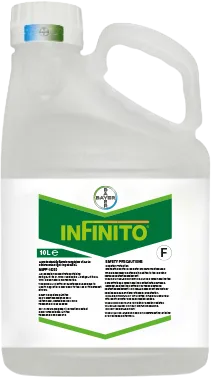
Infinito gives you control of all stages of the blight life cycle, as well as providing long-lasting control of foliar and tuber blight in order to maximise yields in your potato crop.
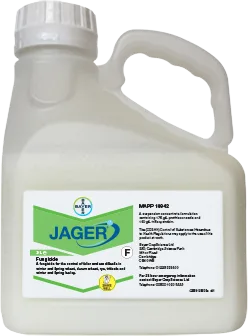
A fungicide for the control of foliar and ear disease in winter and spring wheat, durum wheat, rye, triticale and winter and spring barley.
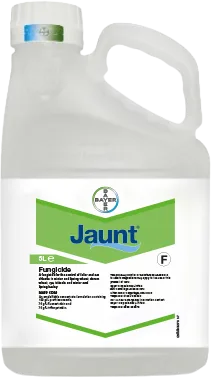
A fungicide for the control of foliar and ear disease in winter and spring wheat, durum wheat, rye, triticale and winter and spring barley.

A selective fungicide for the control of foliar diseases in wheat, durum wheat, rye, triticale and spelt wheat.

A fungicide for the control of foliar diseases in barley
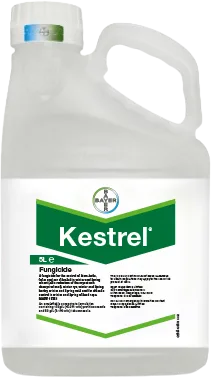
A fungicide for the control of stem-base, foliar and ear diseases in wheat, rye, barley, oats and oilseed rape.
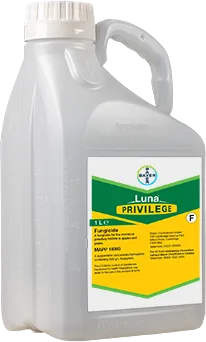
A class-leading SDHI fungicide for the control of powdery mildew in apples and pears.
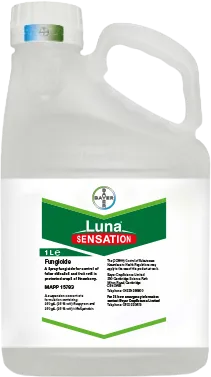
Luna Sensation is a combined new-generation SDHI and strobilurin fungicide for protected strawberries. It improves fruit quality and prolongs shelf-life for higher yields with less waste.
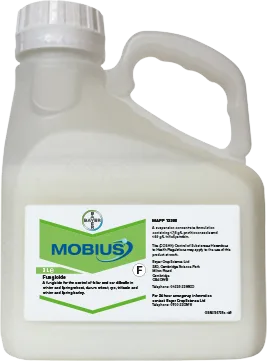
A fungicide for the control of foliar and ear disease in winter and spring wheat, durum wheat, rye, triticale and winter and spring barley.
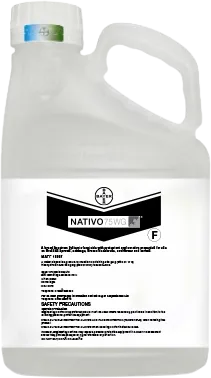
Give cauliflowers, cabbages, broccoli, sprouts and carrots superb visual appeal. With broad-spectrum disease protection and mesostemic action, Nativo 75WG ( trifloxystrobin and tebuconazole)
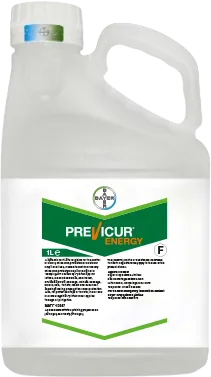
A systemic multi-site fungicide for the control of downy mildew on protected and outdoor crops of lettuce,
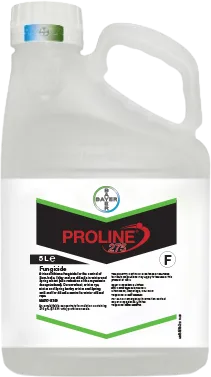
A triazolinthione fungicide for the control of stem-base, foliar and ear disease in cereals.
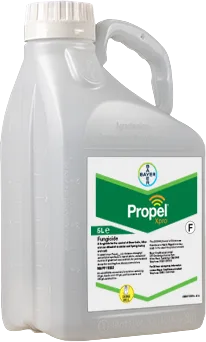
A fungicide for the control of stem-base, foliar and ear diseases in winter and spring barley and oats
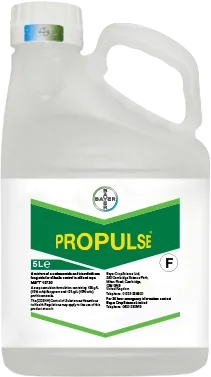
A mixture of a carboxamide and triazolinthione fungicide for disease control in oilseed rape.
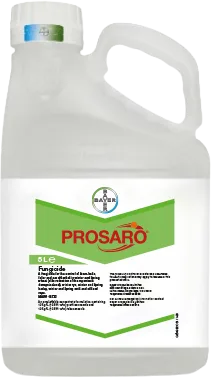
A fungicide for the control of stem-base, foliar and ear diseases in winter and spring wheat (reduction of the mycotoxin deoxynivalenol), winter rye, winter and spring barley, winter and spring oats.
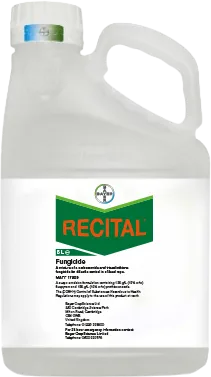
A mixture of a carboxamide and triazolinthione fungicide for disease control in oilseed rape.

Gain enhanced leaf and root health for greening and physiological yield effects. Rudis is specifically developed for vegetable crops.
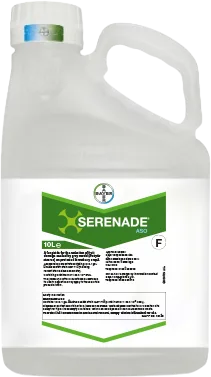
Serenade ASO is a foliar fungicide for the reduction of damage caused by various fungal diseases in a wide range of agricultural and horticultural crops.
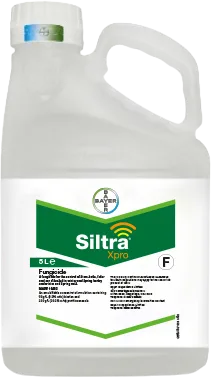
When you want to push your barley crop to the limit for yield and quality premiums, SiltraXpro is the fungicide of choice.
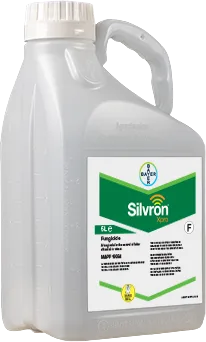
A fungicide for the control of foliar and ear diseases in wheat.
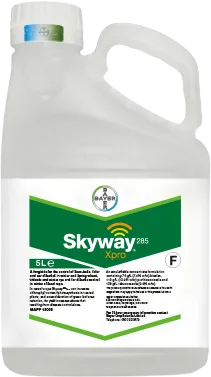
A fungicide for the control of stem-base, foliar and ear diseases in winter and spring wheat, triticale, winter rye and for disease control in winter oilseed rape.
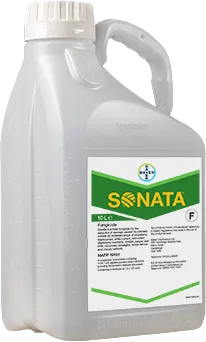
Sonata is a foliar fungicide for the reduction of damage caused by powdery mildew on protected crops of strawberry, blackcurrant, white currant, redcurrant, blackberry, raspberry and many more.

A fungicide for the control of stem-base, foliar and ear diseases in winter and spring wheat, triticale, winter rye and for disease control in winter oilseed rape.

A fungicide for the control of stem-base, foliar and ear diseases in winter and spring wheat, winter rye.

A strobilurin fungicide for the control of foliar diseases in winter wheat and winter and spring barley.

Teldor fungicide (active substance: fenhexamid) is the convenient choice for sustained Botrytis control from first flower in strawberries and raspberries.
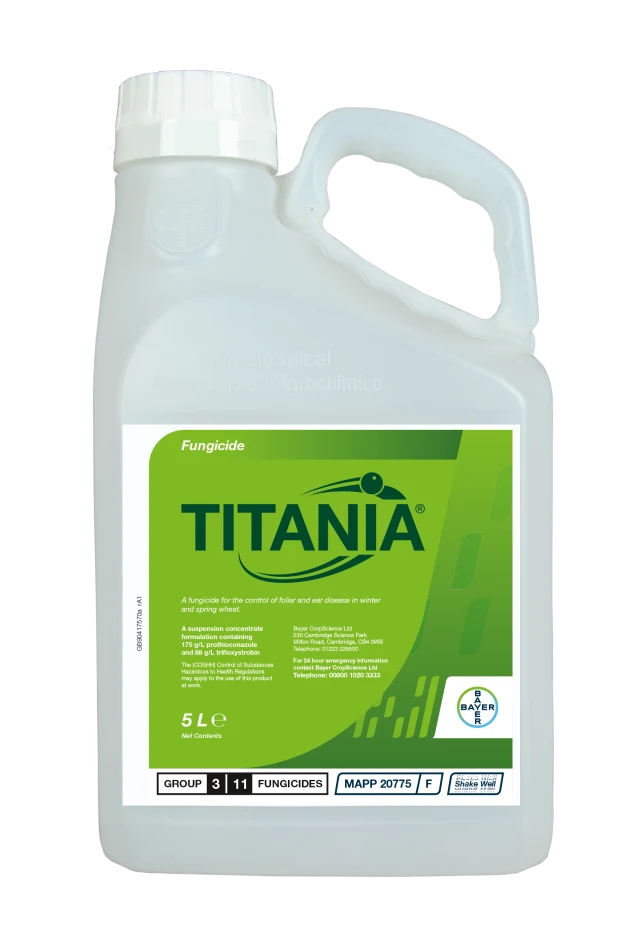
A fungicide for the control of foliar and ear disease in winter and spring wheat.
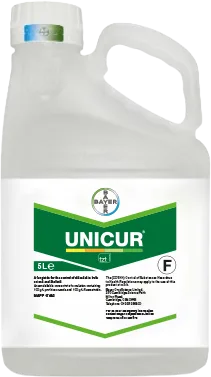
Unicur (active substances: prothioconazole and fluoxastrobin) is our leading fungicide for use in bulb onions and shallots.
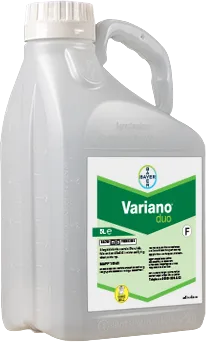
A fungicide for the control of stem-base, foliar and ear diseases in winter and spring wheat, winter rye.
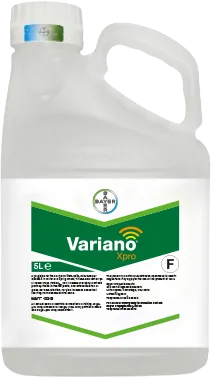
A fungicide for the control of stem-base, foliar and ear diseases in winter and spring wheat, triticale and winter rye.
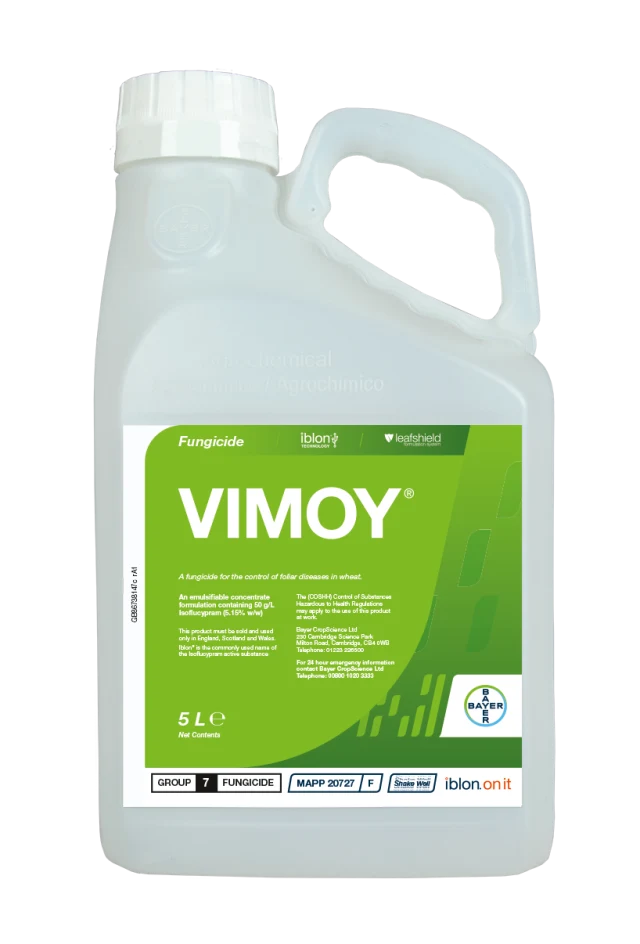
A fungicide for the control of foliar diseases in wheat. Vimoy® contains Iblon® (isoflucypram) the groundbreaking new active substance that delivers unrivalled broad-spectrum disease control.
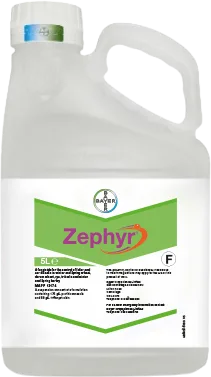
A fungicide for the control of foliar and ear disease in winter and spring wheat, durum wheat, rye, triticale and winter and spring barley.
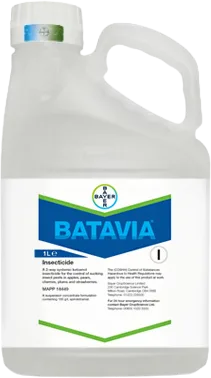
Batavia is a new two-way systemic ketoenol insecticide to control sucking pests in top fruit and selected soft-fruit crops.
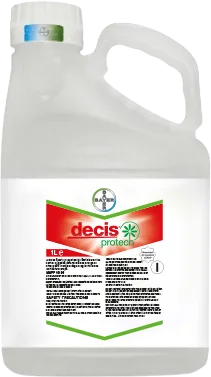
A broad spectrum pyrethroid insecticide for the control of aphids, caterpillars and a range of other pests in a wide range of agricultural and horticultural crops.
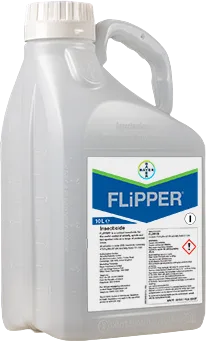
FLiPPER is a broad-spectrum contact bio-insecticide/acaricide for control of whitefly, aphids and mites on protected crops of strawberry, tomato and cucumber.
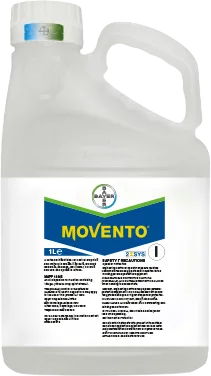
A ketoenol insecticide for the control of a range of insect pests in outdoor crops of Brussels sprouts, broccoli/ calabrese, cabbage, cauliflower, collards, kale, lettuce, potatoes, onions and more.
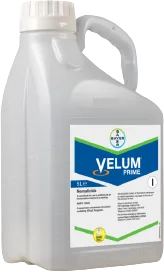
Velum Prime is a nematicide for use in potato and carrot crops. It is a liquid formulation and has no statutory harvest interval.
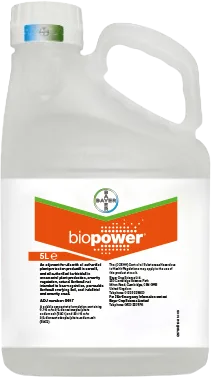
An adjuvant for use with all authorised plant protection products in cereals, and all authorised herbicides in ornamental plant production, vegetation, natural surfaces.
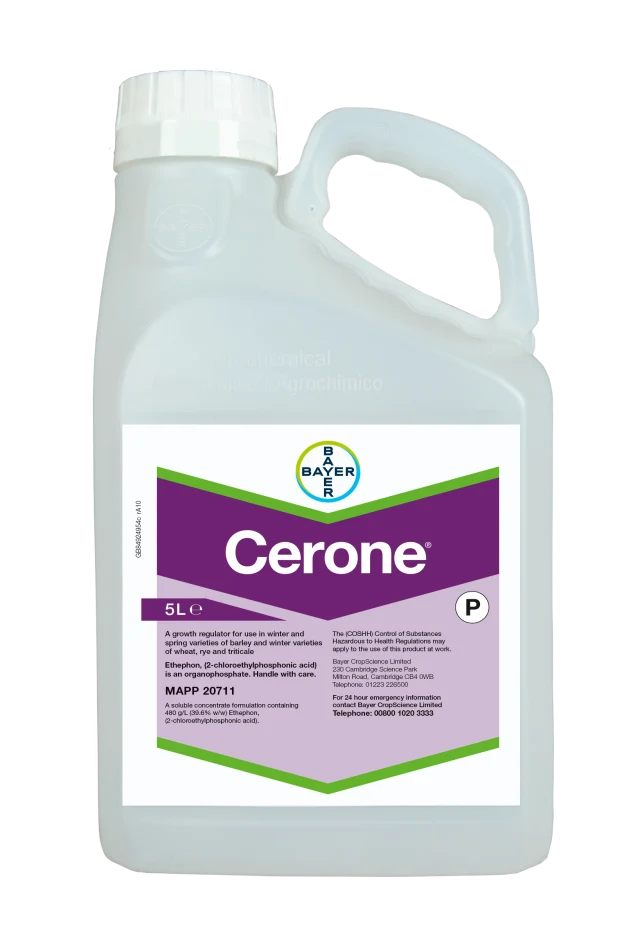
A growth regulator for use in winter and spring varieties of barley and winter varieties of wheat, rye and triticale
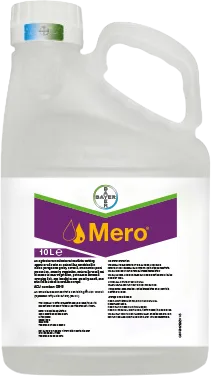
An agricultural / horticultural / industrial wetting agent for use with all authorised herbicides in maize (forage and grain), cereals, ornamental plant production, vegetation.
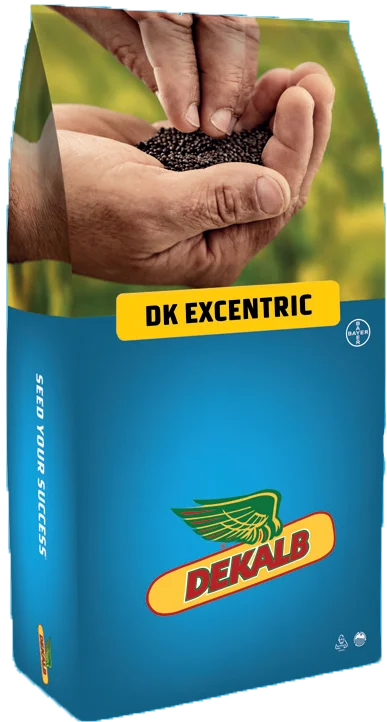
DK Excentric’s combination of performance and agronomy gives the greatest possible output assurance.
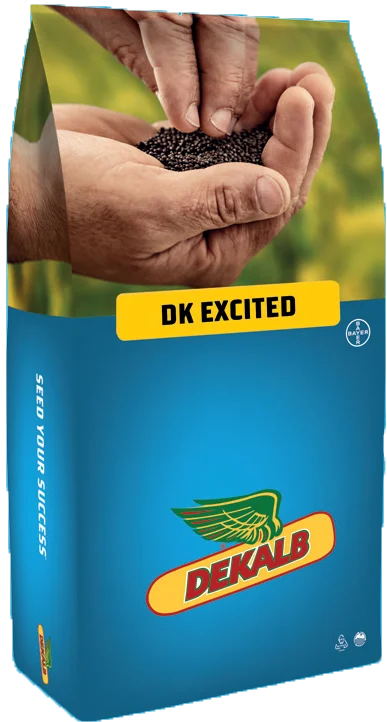
DK Excited has the agronomic flexibility to make the most of seasonal uncertainties with the greatest reliability.
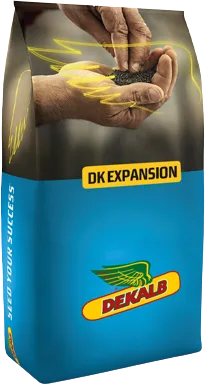
DK Expansion has a very high yield and very high oil potential along with solid agronomic characteristics.
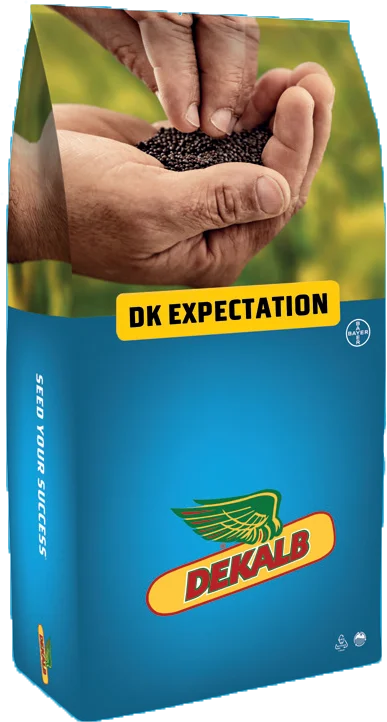
DK Expectation combines TuYV resistance with all-round agronomic strength to minimise commercial production risk.
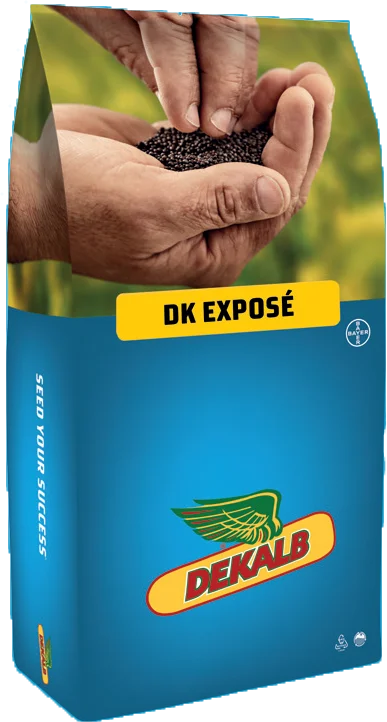
DK Exposé is the standout variety for those wanting the best performance and workload balance in their oilseed rape growing.

Continuing to prove the value of all-round agronomic strength with reliable trial and farm performance at the highest level.
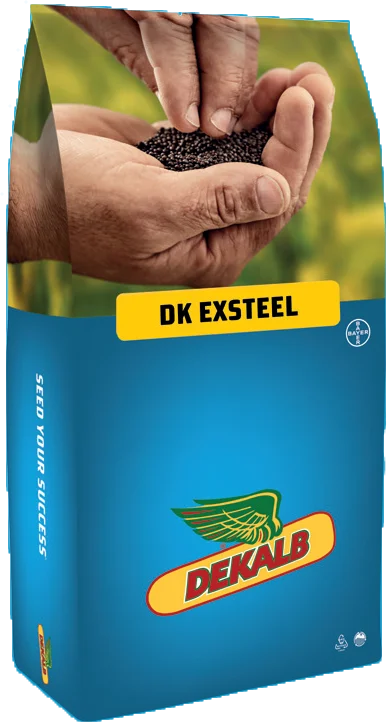
DK Exsteel is the first choice for those who want proven consistency at the highest level of performance, and one of the best varieties for later as well as main season sowing.
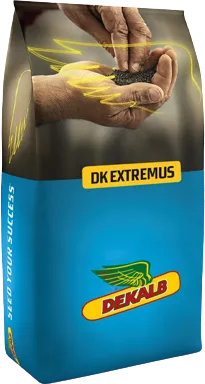
Rapid autumn and early spring development make DK Extremus one of the best varieties at dealing with weather and pest challenges.
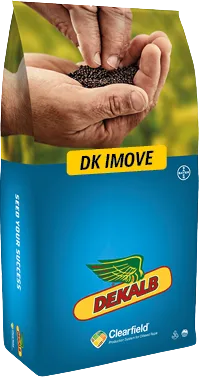
DK Imove CL stands out in the Clearfield sector for its combination of rapid autumn and fast spring development, giving the greatest pest and weather tolerance
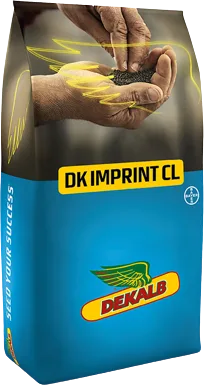
The Only UK-Recommended Clearfield. DK Imprint CL is the new generation Clearfield leader.
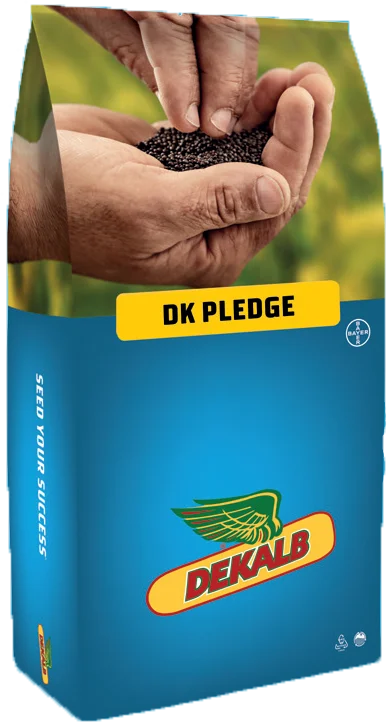
Out-yielding the leading clubroot resistant variety on the 2023/24 RL in European trials, and with a clearly better agronomic profile.

V367OL is a new HOLL variety that has been shown to give significantly higher yields than existing products along with faster autumn and spring development and pod shatter resistance.
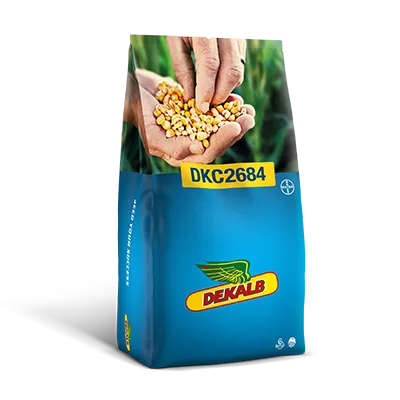
A high output early/maincrop maize for biogas and livestock production.
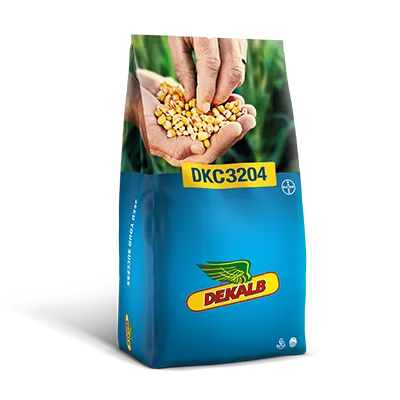
DKC3204 is a high output maincrop maize ideal for biogas production
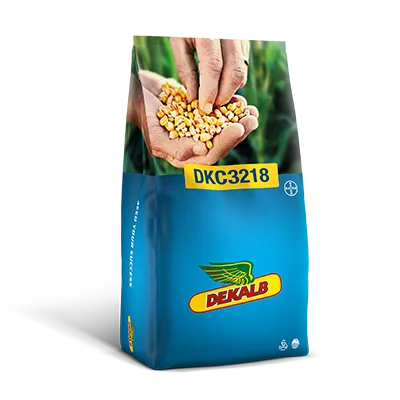
A top performing early maturing maize for biogas and livestock production.
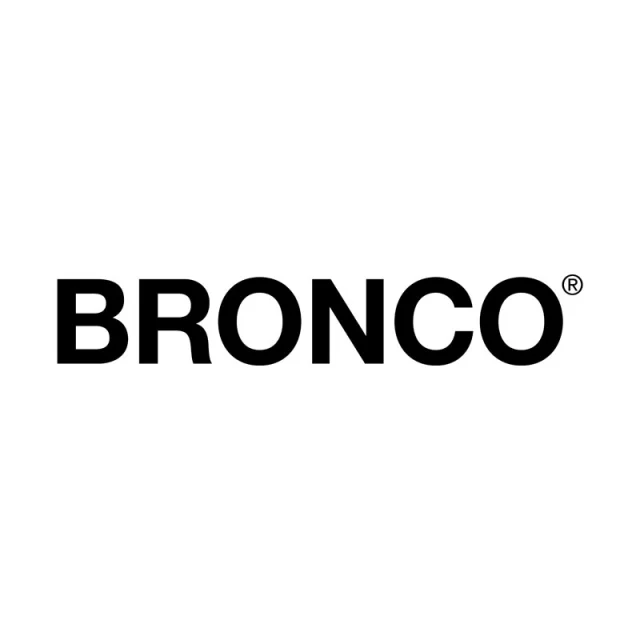
A foliar applied translocated herbicide for the control of emerged weeds in industrial and amenity situations, in forestry and on hard surfaces.
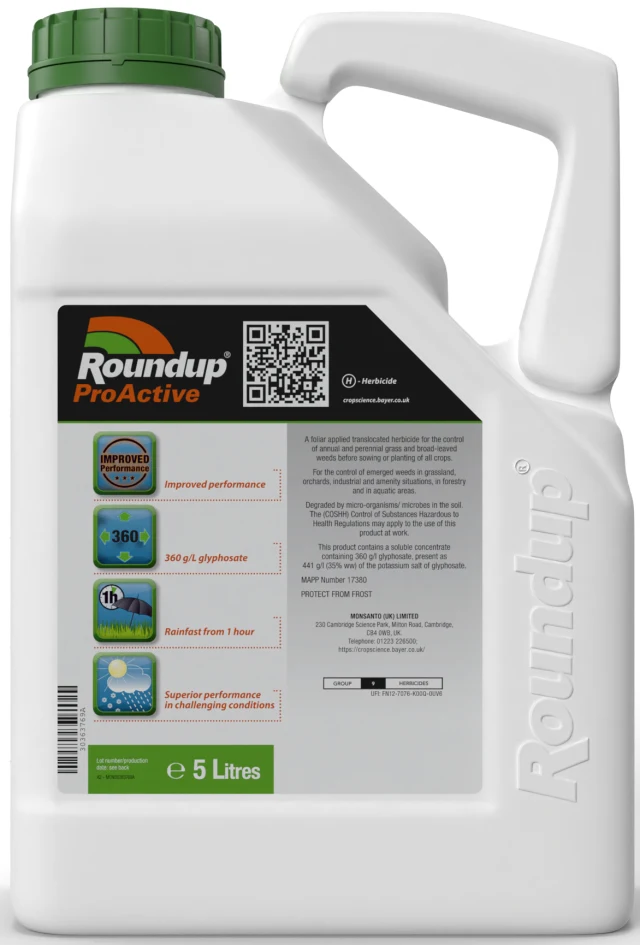
Roundup ProActive brings an advanced formulation which not only incorporates leading technical specifications for glyphosate, but also addresses stewardship aspects so vital now for glyphosate application.
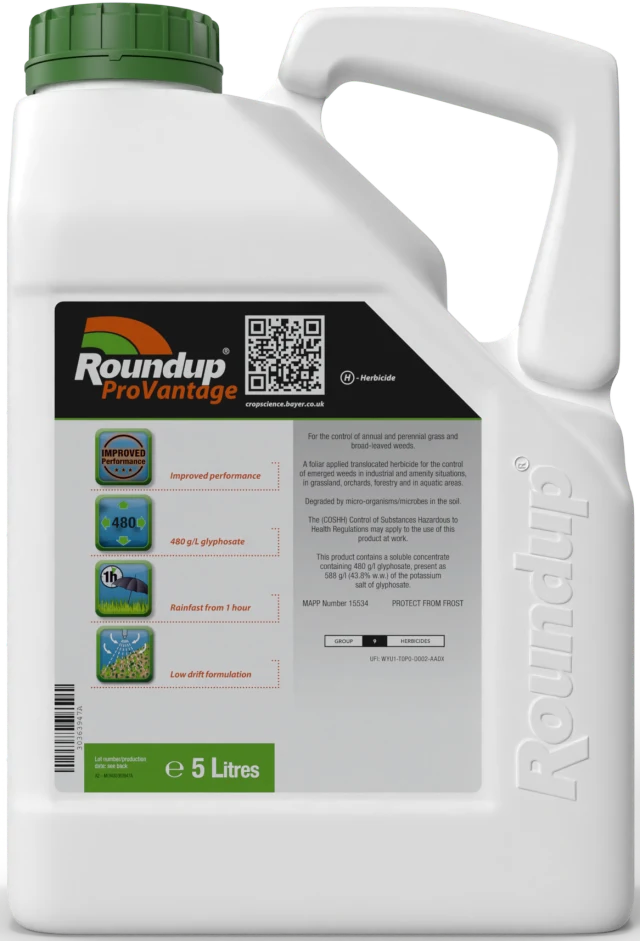
Roundup ProVantage is our latest amenity glyphosate product setting new and improved standards for the market.
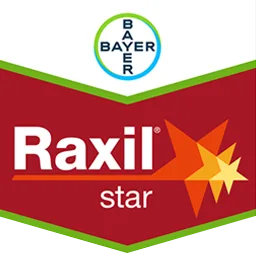
Get consistent, high grain quality in winter barley with Raxil Star (active substances: prothioconazole, tebuconazole and fluopyram).
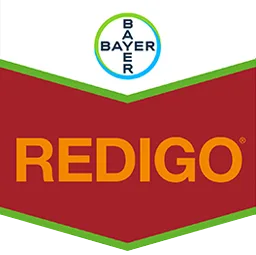
For control of the principal seed borne diseases and soil-borne bunt in winter and spring wheat, winter and spring barley, oats, rye, triticale and durum wheat.
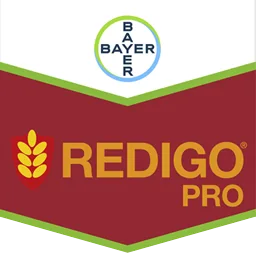
Ensure sound establishment in all varieties of wheat and barley – both winter and spring – with Redigo Pro (active substances: prothioconazole and tebuconazole).

Contact one of our technical team for more information or advice on our products.